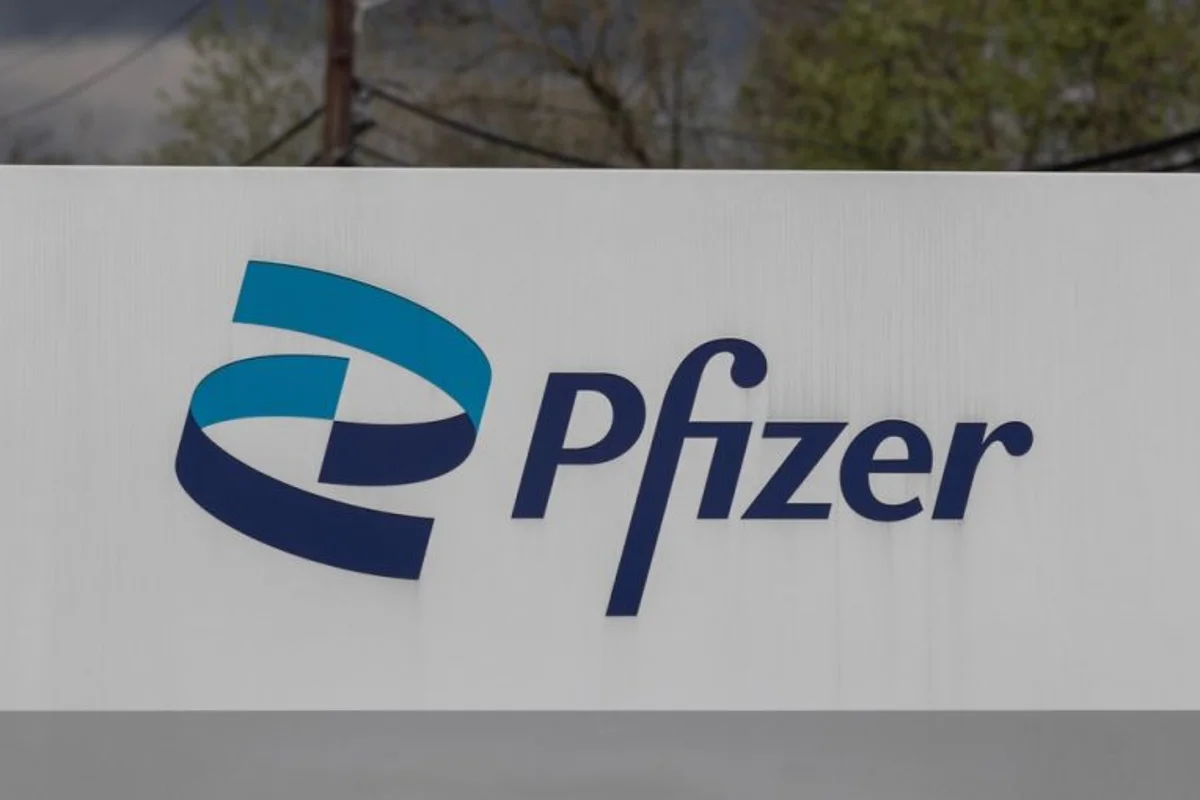By Kristi Waterworth
Copyright benzinga

Analysts are saying that Pfizer could hit $17 by 2030. Bullish on PFE? Invest in Pfizer on SoFi with no commissions. If it’s your first time signing up for SoFi, you’ll receive up to $1,000 in stock when you first fund your account. Plus, get a 1% bonus if you transfer your investments and keep them there until December 31, 2025.
After one of the most successful COVID vaccines during the pandemic helped send shares of Pfizer (NYSE: PFE) to an all-time high, the stock has since given up much of its gains. Despite the loss of momentum, the company is still a pharmaceutical workhorse with several important treatments in the pipeline, and Wall Street is waiting to see if they can help renew investor enthusiasm.
Below, we’ll take a close look at how Pfizer stock is performing today, where its valuation stands, and where experts think its price is headed in 2025, 2026, and 2030. You’ll find projections from Wall Street analysts and independent models, along with an overview of the key trends, possible risks, and different opinions shaping Pfizer’s future.
Current Pfizer Overview
Market Cap: $142.54 BillionTrailing P/E Ratio: 13.26Forward P/E Ratio: 8.221-Year Return: -14%2025 Year to Date: Down 7%, but slowly rebuilding momentum from 1-year lows.
As of September 2025, Pfizer trades near $25 per share, well below its COVID peak of about $60 at the end of 2021, but up from its lows since April. Although the stock is down 7% year-to-date, it’s an improvement over its 1-year return of -14%. Its trailing P/E remains reasonable at 13.26, and a forward P/E of 8.22 points to investors believing that the company is either poised to make a lot more money in the future or that the price of the stock has further to fall. Given that Pfizer has beat on consensus GAAP EPS for three of the last four quarters, gains may be more likely.
Pfizer has struggled to recapture the momentum of the COVID pandemic, but it has been quietly acquiring and developing drugs that are either now in production or in the future pipeline. These include oncology drugs, drugs for rare heart conditions, and gene therapies. Pfizer’s decision to discontinue development of its weight-loss drug danuglipron after safety concerns was a blow to investors who hoped the company could enter the growing GLP-1 race. Danuglipron was an oral treatment, as opposed to an injection like Ozempic, and was a solid prospect for capturing more market share due to its ease of use.
Wall Street sentiment on PFE is mixed, although the stock is gaining ground from its negative 1-year returns. It may take some time for Pfizer to find the same fire it had during COVID, but most analysts rate the stock as a Hold, meaning the Street has hopes of a recovery.
Quick Snapshot Table of Predictions
The forecast range in this table is based on algorithmic projections provided by CoinCodex. These models use historical price trends, volatility patterns and moving averages to estimate future stock prices over multiple time horizons.
Bull & Bear Case
When considering any stock, it’s important to examine both bull and bear cases before making a final decision. Here’s what those look like now.
Discounted cash flow analysis using EPS points to a stock price of around $38, far above the current stock price.Revenue decline has shrunk to -3.39%, from a three-year average of -14.24%, showing improvement in pipelines.Dividend yield of 6.99% is currently higher than the 3-year average of 5.82%. This should be sustainable due to the current low stock price from mixed market sentiment.TTM net income, EPS growth, and FCF are all growing by hundreds or thousands of percent, versus 3-year averages in the negative double digits.
The loss of danuglipron effectively puts Pfizer out of the GLP-1 race.Stock returns remain in the negative, both over the 3-year and 5-year time frames.Dividend CAGR has been slow, at just 2.44% over the last three years.Although improving, measures like 3-year FCF CAGR remain negative.
Pfizer Stock Price Prediction for 2025
Forecast Range: $23.20 – $32.60
Pfizer is moving in the right direction, and if it can maintain its drive, the market will agree. Despite the loss of its GLP-1 candidate, an average share price of $26.07 is expected for the remainder of 2025. With winter approaching, COVID vaccine sales may help push up overall numbers as oncology drugs acquired from its purchase of Seagen continue to gain momentum.
Pfizer Stock Price Prediction for 2026
Forecast Range: $23.54 – $31.74
Drug pipelines can take some time to turn from production into profit, but the Seagen drugs, among others, could continue to gain market share. Oncology treatments may have limited consumer bases, but their overall price points are high, helping to push up profits. Analysts, overall, expect a higher average share price of about $27.81 for 2026. With greater improvements from Pfizer’s pipeline, however, this may be the highest average share price for years to come.
Pfizer Stock Price Prediction for 2030
Forecast Range: $13.16 – $43.35
Pfizer’s long term outlook is very uncertain, largely due to uncertainties with medical regulations in the next few years, as well as unknown adoption of popular drugs like its COVID-19 vaccine. Although Pfizer has several important treatments in development or recently released to the public, these are not high volume drugs and are primarily for cancers or rare diseases. If it can get a share out of the GLP-1 market or a similarly sized market, the outlook will be significantly better than where it is today, with a failed GLP-1 drug on its roster.
A balanced CAGR model (8% to 12% annualized from today’s share price) indicates a potential of $36.15 to $43.35 per share value in 2030. Other models are far less optimistic, however, pricing PFE with a negative CAGR due to the unforeseeable risks listed above, among other considerations.
Investment Considerations
Pfizer has been considered a reliable stock in years past, but it also sees periodic deep drops and high rises, so it should be thought of more as a speculative play. The environment for pharmaceuticals in the United States is unstable at best, given the current political climate and limitations placed on the new COVID-19 vaccine. This, plus recent failures with GLP-1 contenders, are making Pfizer one that’s hard to value and to see where its future may be headed.



